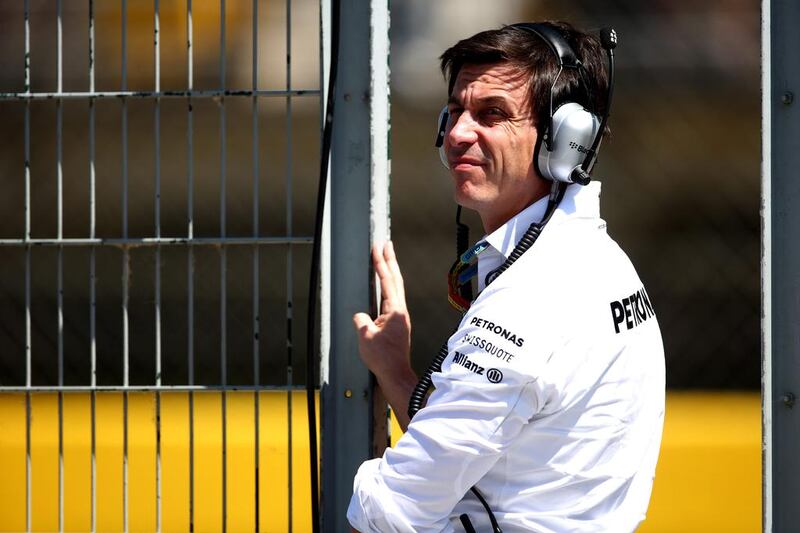Motorsport’s ruling body the FIA has issued clarification with regard to the use of radio messages for Formula One grands prix, beginning with Sunday’s race at Singapore.
Last week, the FIA declared teams and drivers must strictly abide by one of the sporting regulations that states: “The driver must drive the car alone and unaided.”
Motorsport’s world governing body said information being relayed across the pit-to-car radio was making it too easy for drivers and had gone beyond the spirit of the regulations.
Mercedes GP director Toto Wolff suggested the changes would cause confusion and controversy at future races, with his team particularly affected given the battle between Lewis Hamilton and Nico Rosberg for this year’s F1 world title.
“This is a complex and controversial decision which will require a significant effort from the teams to understand how best we can work around it,” Wolff said of the new directive.
In a bid to clear up some of the confusion, the FIA has made clear what will and will not be tolerated, either via the radio or pit board.
The messages to be banned include: sector time detail of a competitor and where a competitor is faster or slower; adjustment of power unit settings; adjustment of gearbox settings; information on differential settings; information on fuel flow settings and the level of fuel saving needed; and information on brake balance.
On the formation lap ahead of a race there can be no information on clutch maps or settings, for example the bite point, or burn outs.
Teams can no longer answer a direct question from a driver, such as “Am I using the right torque map?”, and neither can there be any coded messages.
Beginning at next month’s Japanese Grand Prix, teams will also be banned from informing drivers about tyre pressures or temperatures and warnings as to brake wear or temperatures.
To ensure there is no doubt, the FIA has ratified what messages can be relayed.
These include acknowledgement a driver message has been heard, lap or sector time detail, the lap time detail of a competitor, and gaps to a competitor during a practice session or race.
With regard to tyres, drivers will be informed as to punctures, tyre choice at a pit stop, number of laps a competitor has done on a set of tyres and the tyre specification of a competitor.
Messages such as “push hard”, “push now”, “you will be racing so and so” or similar are fine, while teams can also warn of traffic during a practice session or race.
Information relating to gaps between cars in qualifying, so as to better position a car for a clear lap, is also permissible.
Drivers can also be told of a potential problem with a competitor’s car during a race and of a competitor’s likely race strategy.
Warnings with regard to yellow flags, blue flags, safety car deployments or other cautions are also allowed.
Follow us on twitter at @SprtNationalUAE





